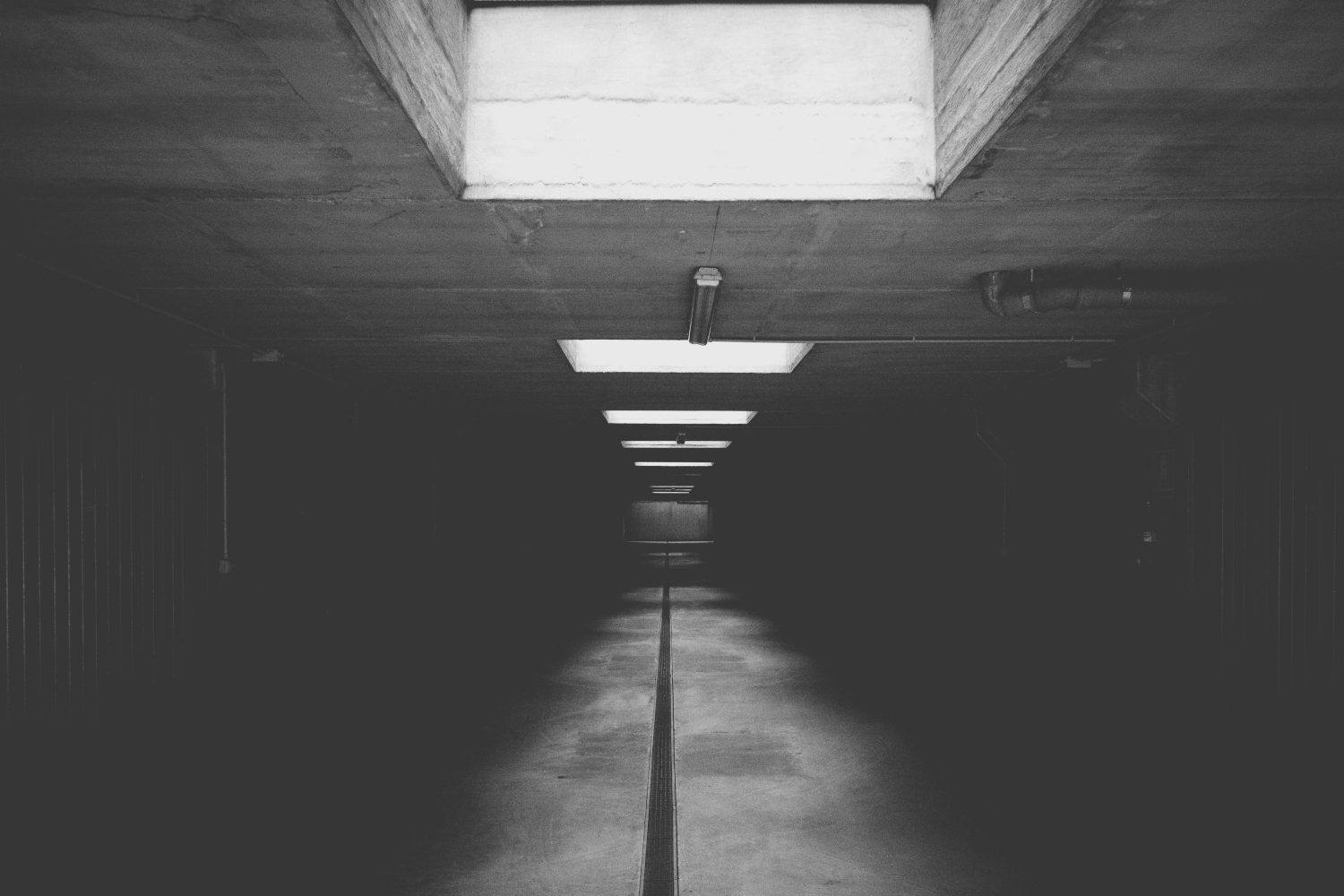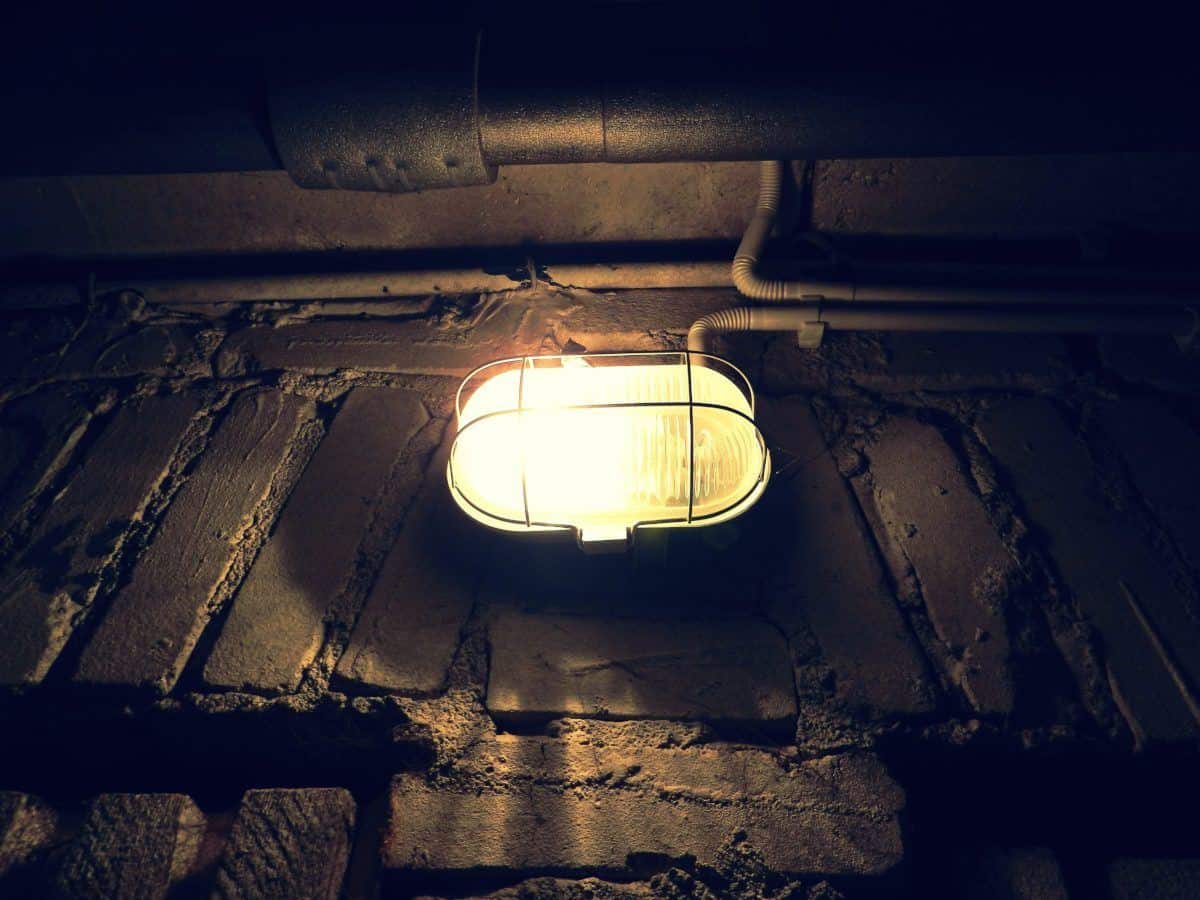Basements, as the term itself indicates, are built below ground level. For this reason, they tend to be more susceptible to water damage and moisture. It is very common for the walls of basement structures to retain moisture, form water puddles, or even get flooded when the weather is rainy.
To seal your basement walls you will need to find and remove the source of the leak, fill any cracks the leak may have caused with hydraulic cement and then seal the wall with a waterproofing concrete sealer. Next take proactive steps to avoid future leaks.

This humidity, dampness, or water logging in the basement of your house can cause some major headaches especially in an old house like peeling paint, the growth of extraneous elements like mold, and the rotting of the wooden structure. Moisture can also wreak havoc on the items stored in your basement.
When a house is being constructed, the builders usually recommend sealing and waterproofing basement walls to improve its quality. Over time, however, cracks can develop in the walls of the basement as the house settles. When the soil outside your basement becomes saturated with water for any reason, the absorbed water can seep through these cracks.
Even if there are no cracks in the walls, you may notice dampness and moisture in your basement walls as the water transfers from the wet soil to the exterior of the walls and finally, to the interiors. As the water evaporates, your basement will become more humid and this can damage the things you store in it.
The best way to avoid such a situation is to seal the walls of your basement and do some waterproofing measures so that no moisture can seep through them. There are different ways in which this can be done and while some may need the assistance of a professional contractor, you can also opt for a simple at-home remedy to seal and waterproof basement walls.
Knowing how to waterproof basement walls will help you become a better homeowner and save you a lot of money by avoiding any home repairs in the long run.
The key to sealing the walls of your basement is a good-quality basement sealant that will keep the contents of your home and its foundation from being damaged by leakages. The first step is identifying the places from which the walls need to be sealed to stop any leaks or damage. Once you determine the issue, you will be better equipped to choose a sealer that can fix the problem.
Table of Contents
Basement Wall Sealing Guide
If you are undertaking the project of sealing your basement walls and doing the basement waterproofing on your own, here is a step-by-step breakdown of the process that will take you through all of it without any difficulty. This is ideal for those of you who are facing basement waterproofing problems but do not want to enlist the help of a professional or spend extra money.

1 - Discover the Source of the Problem
In order to seal the walls of your basement, you will first have to find the source of the problem. In some cases, it is very easy to locate as you can see water seeping through cracks. However, the process becomes tough when you can not see any obvious cracks to gauge the exact place from where the moisture gets. In such cases, it is important that you waterproof all the walls on the inside to make sure that there is no moisture in any place.
2 - Fill in Any Obvious Cracks
Even if you are not sure that you want to seal and waterproof the walls of your basement, you will have to go through this step. This involves filling in any cracks and possible gaps in the wall with a crack filler – a very important starting step when you are sealing and waterproofing basement walls. If you end up skipping this step and the cracks are not filled well, the water that you have worked so hard to keep out will still be able to find its way back into your basement with great ease, making all your waterproofing efforts useless.
There are a number of waterproofing products and sealants that are readily available in the market and they can be used to fill up the cracks or holes in the walls of your basement. These products range from regular cement fixes to epoxy sealers. Each of these come with a set of easy instructions to follow. It is important, however, that you wait for the product to dry completely before you go over the walls with sealers.

3 - Apply Concrete Sealers
After you have sealed all the individual cracks and gaps that were present in the walls of your basement, you need to pick the right kind of sealant for waterproofing basement walls effectively. If there is no paint on the wall or if the cement is the outermost layer of your wall, you will have two options on hand: concrete sealers or silicate-based sealers.
The first type of sealer – the concrete variants – give you the benefit of adding another layer of the product onto the surface. These sealers dry in layers and need to be applied to the wall in several coats with a sturdy brush. On the other hand, silicate-based sealers are the ones that create a coating on the wall that you are sealing with the help of chemical reactions. Try to look for products that are especially made for basement waterproofing methods.

4 - Apply Acrylic Sealers
The other case is where the walls of your basement are painted. In such cases, you cannot use concrete- or silicate-based sealers since these types of sealers do not work well on surfaces that are painted. Your last resort is to use waterproof paint. While acrylic paint works in a manner that is pretty close to regular paint used on walls, this variety needs a thicker layer than the regular variant and forms a more distinctive covering.
For example, the amount of acrylic paint that is required to cover one wall could cover four similar walls if it was replaced with ordinary paint. The waterproof paint does not require any special type of brush for application. You can use regular painting supplies to get waterproof paint on your walls. Layering is important in basement waterproofing so once the first coat of waterproof paint has dried, you can add another layer to give you better coverage.

5 - Check the Exterior
Once you are satisfied that the interior is sealed properly, it is recommended that you determine whether the exterior is secure so that the foundation of your house is not susceptible to water.
First, make sure that there is a sloping pattern as you move away from the house. This slope should drop significantly as you move away from the building. There may be a need to build up some mud on the outside to make sure that there is a proper slope and ensure that there is no contact with sole plates.
6 - Check Things That Are Close to Your Basement
One other way water enters the basement is when external sources come into the picture. An example of this is a damaged gutter system, or the growth of plants in the vicinity. This can be prevented by making sure that the gutters are clear of any debris so that the water from faulty drainage systems do not move towards the foundation of your old house. Also, ensure that the gutters are not located too close to your home and that they are facing the other side.
After ensuring that the gutters are not the problem, check if there are any plants growing too close to your home. It is also possible for plant roots to turn into portals for water when they reach the base of your house or building.

7 - Consider Alternatives
Different situations call for additional steps to be taken, especially when the leaks are more severe. If waterproofing is not effective, you should consider using sump pumps. These are great as they help in removing water when the levels reach a specific point in your basement. This type of pump is also known for moving the water in a direction where the foundation is not harmed.
Another option is a French drain, which uses a bunch of pipes that are laid under the basement and around the house. However, if the moisture problem is still not solved despite your basement waterproofing efforts, you should think about investing in a dehumidifier, which is specifically designed to keep moisture under check.

Some Do’s and Don’ts When You Are Sealing Basement Walls
Do’s
Don’ts

Finally, remember that moisture can be very harmful for the foundation of your house and you must ensure that you use sealing and waterproofing methods to keep it out. You do not need to employ the help of a professional. Instead, take it up as a DIY project and save some money!
